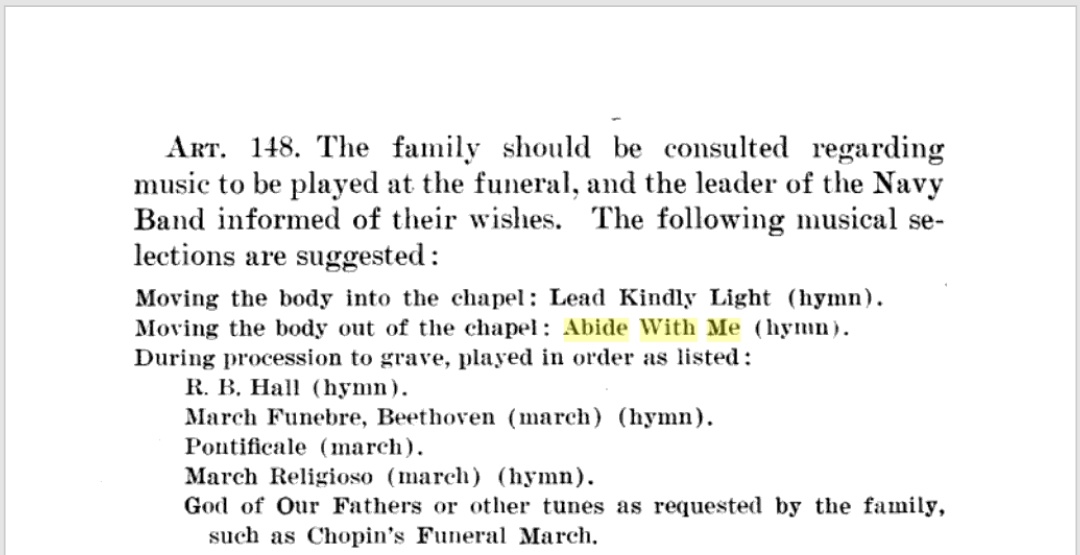
The HMS Trincomalee
Built in 1817 at the Bombay Docks by the Wadias it is the oldest British Navy warship that can still float.
Built in 1817 at the Bombay Docks by the Wadias it is the oldest British Navy warship that can still float.

The reason being that Indian Teakwood has far better properties than English Oakwood when immersed in saltwater.
That combined with ship building skills of the Parsis.
Hence, India built ships were invariably superior.
Pic ref : BBC
That combined with ship building skills of the Parsis.
Hence, India built ships were invariably superior.
Pic ref : BBC

The HMS Minden, also made at Bombay Docks by the Wadias, sailed to Baltimore.
The American anthem was composed on it.
The American anthem was composed on it.

" Ships built at Surat and Dabhol by Indians were on average of 1000 gross tons, comparable English ships of the time were only 300 gross tons (1612 AD) "
- The Bombay Dockyard and Wadia Master Builder.
- The Bombay Dockyard and Wadia Master Builder.
The British brought the Wadia family, which already had ship building skills to Bombay.
A letter about the HMS Trincomalee, by then already nearly 140 years old.
A letter about the HMS Trincomalee, by then already nearly 140 years old.

HMS Ganges (1821)
The last sailing vessel to serve as a Flagship for the Royal Navy. Again, built at Bombay by the Wadia family.
Master Builder (akin to Chief Engineer) - Jamsetji Bomanjee
The age of steam was close by...
The last sailing vessel to serve as a Flagship for the Royal Navy. Again, built at Bombay by the Wadia family.
Master Builder (akin to Chief Engineer) - Jamsetji Bomanjee
The age of steam was close by...

For the maintenance of the family, the villages of Juhu and Vile Parle, worth Rs 4000, were conferred in Inam.
Nopes, nowhere close to an astronomical sum even adjusted for inflation.
Nopes, nowhere close to an astronomical sum even adjusted for inflation.

In 1825 a ship sailed into Calcutta.
An invention that would alter the world in many ways.
It also sounded the death knell for Indian ship building, for the British Empire was in no mood to share this knowledge.
aneeshbooks.com/2021/03/10/ss-…
An invention that would alter the world in many ways.
It also sounded the death knell for Indian ship building, for the British Empire was in no mood to share this knowledge.
aneeshbooks.com/2021/03/10/ss-…
Ships powered by steam engines were in development right from the end of the 18th century, but it was only in 1819 that the PS Savannah made the first trans Atlantic voyage.
And it too used the engines sparingly.
6 years later , a steam powered ship reached India.
And it too used the engines sparingly.
6 years later , a steam powered ship reached India.

In 1837, Isambard Kingdom Brunel - a genius of an engineer, managed to build a steamship that overcame the commercial problems posed by earlier steamships. Mainly by building a larger ship that used lesser fuel (coal).
Same year, sailing ships were decided to be phased out.
Same year, sailing ships were decided to be phased out.

Since the Wadias were building Flagships for the Royal Navy, the next Steam operated monster machine should have been built in India, isn't it ?
Instead,the ship building dwindled. To such an extent that the Wadias eventually nearly exited the business.
Instead,the ship building dwindled. To such an extent that the Wadias eventually nearly exited the business.
Laws passed in 1812 had already meant that only EIC approved Shipyards could manufacture ships and Indian Carpenters and Ship builders could only work in those yards.
An absolute ship building monopoly.
Then came the Steamship and India's ship building industry was finished.
An absolute ship building monopoly.
Then came the Steamship and India's ship building industry was finished.
To the extent that the Wadias nearly exited ship building and are now famous for Bombay Dyeing (founded 1879)
India never produced Steamships that were larger than coastal and river craft. While the world, meaning Britain, built the Titanic.
India never produced Steamships that were larger than coastal and river craft. While the world, meaning Britain, built the Titanic.
This is not to say no Steamships were built.
The Diane was built in Kidderpore , the Hugh Lindsay in Bombay Docks.
The latter made a journey to Suez.
A steamship was built for the Imam of Muscat.
The Diane was built in Kidderpore , the Hugh Lindsay in Bombay Docks.
The latter made a journey to Suez.
A steamship was built for the Imam of Muscat.

• • •
Missing some Tweet in this thread? You can try to
force a refresh












